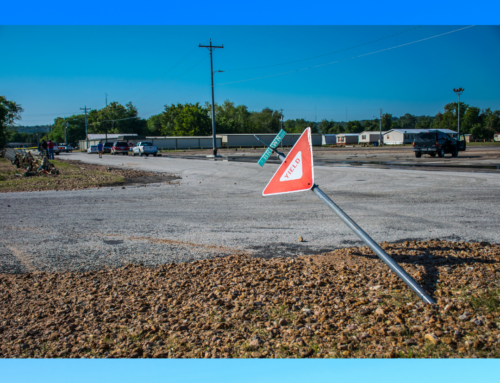It has been almost three years since the Gulf Coast was hit hard by the one-two punch of Katrina and Rita, and still 80,000 displaced people need homes. aha! Process is now going to work with investors and builders to build homes and communities using Bridges strategies. The Bridges into Prosperity: a Hurricane Katrina Disaster Housing Initiative means that the displaced will be at the planning table when their new homes and communities are being built. And it means that their homes will be high quality and affordable.
Recently Ruby Payne (aha! Process) and Brian Haag (Blue Oak Construction) signed a collaborative agreement to build those homes; it was a red-letter day. I don’t know how many times or to how many audiences I’ve said, “Katrina is a metaphor for every community in the U.S. Why? Because people in poverty are not at the planning table in our communities any more than they were at the planning table when the evacuation plans were being made in New Orleans. That’s why they were not evacuated. Had they been at the table most of them would have found a way to escape the disaster. People in the Gulf Region are still not at the planning table. For the most part, rebuilding is being done without their input. So the disaster will be complete.”
Now we at aha! Process have the opportunity to help rebuild lives in the right way, thanks to Nancy Lambert. Nancy is a Certified Bridges Trainer from Toledo, Ohio, who moved to Florida and began working with companies that are building houses in the Gulf Region. She saw that the investors and builders were basing their business plans on their own reality—but not that of people who would be buying their houses. She encouraged Brian and his team of investors, builders, and property management experts to fly Columbus to meet with Ruth Weirich, Janet Richardson, Charmaine Clark, and me to learn about Bridges. Ruth is vice president of Marketing at aha! Process, while Janet and Charmaine are Getting Ahead graduates who recently went through Getting Ahead at Community Properties of Ohio. Janet and Charmaine were there to help me present the Bridges information. Though Charmaine and Janet weren’t from the Gulf Coast, they played a huge role on that day opening the minds of Brian’s team to see why members of all three classes must be at the decision-making table.
Over the years I’ve seen countless people have “aha” moments, but I’ve never seen a group of people go from a new insight to changing their business plan as fast as those businessmen did. We began by explaining the real world of poverty using the mental models that anyone who knows Getting Ahead or has attended a Bridges workshop would recognize. Then the businessmen interrupted the presentation and began talking with each other, scratching furiously on legal pads. It dawned on me, as I listened to them, that they were changing their business plan there and then, on the fly. Amazing. That was on January 7.
On March 27 Ruth and I were in Gulfport with Nancy, Brian, and his team to see the houses that Blue Oak builds and the land where we might build the first 100 homes. When the east side of Katrina hit the Mississippi Coast almost all the homes and apartments were destroyed. Before the storms, there were people of all classes living on the coast. Now, where there had been low-rent apartments, condos are going up, and the coast will be for wealthy people. This is another example of how people in poverty are always hit hardest in disasters. At least people will have a voice in their futures as we build houses and communities and plan for community sustainability.
We were really impressed with the houses built by Blue Oak Construction. I particularly liked the vaulted ceilings, hardwood floors, and the fact that the whole house was “strapped down,” meeting the Miami/Dade hurricane standards. To learn more go here.
Photo of house:

Mississippi is the poorest state in the U.S., but ironically the Gulf Region is one of the few places in the U.S. where the job situation looks really bright. Most of the jobs are in the burgeoning casinos, but the harbor and airport are being expanded to accommodate trade with China, the naval yards are building ships, NASA is going to be employing people—along with a cement factory, the shipping industry, and all the other companies that surround a center of growth. The region expects to see 100,000 new jobs, many of which will pay better than service-sector wages.
The region is facing a unique problem; it needs workers but doesn’t have housing for them. The workers will need a stable environment that supports their transition to home ownership and work. The agreement that Ruby and Brian signed will provide potential homeowners with a direct path to the decision-making tables with builders, community leaders, local service providers, and all sectors so that they can solve problems together. aha! Process has the tools to make it possible: Bridges trainings, books, workbooks and principles; see aha! Process’s Disaster Recovery Plan.
In addition, we will help create Bridges Communities in the Gulf Region that will include the business sector. aha! Process can offer the employers in Mississippi the help of Bridges champions from the private sector. Officials with Cincinnati Works, The Source, and Quest Sustainable Solutions assure us that they’re prepared to assist employers and employees in improving retention rates, as well as support workers in their transition to good-paying jobs.
I’ll keep you posted as we move further into this very exciting work.
-Phil DeVol








